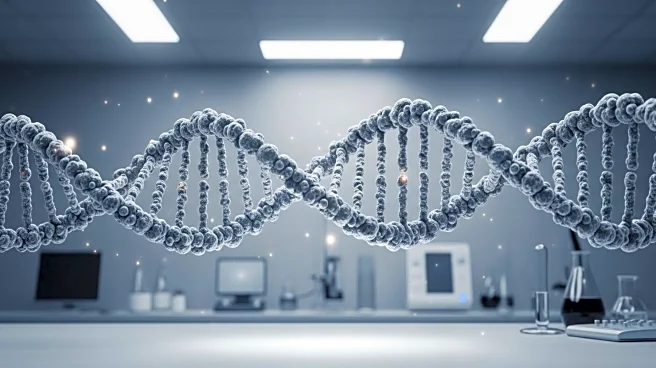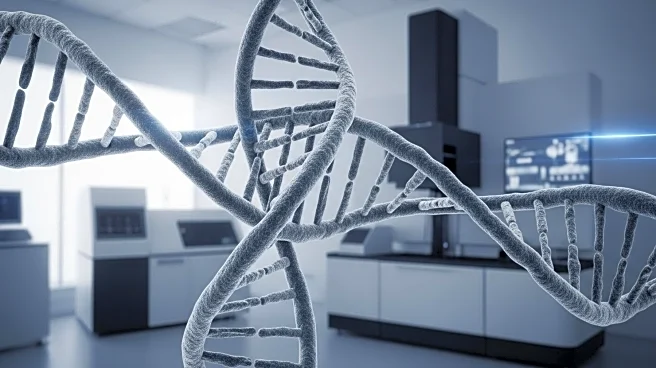What is the story about?
What's Happening?
A study has identified balanced chromosomal insertions as a mechanism for recurrent familial microstructural abnormalities. Researchers used chromosomal microarray, FISH, and long-read whole-genome sequencing to investigate two families with these abnormalities. In one family, a duplication and reciprocal deletion were found, while in another, a recurrent deletion was linked to intellectual disability. The study highlights chromoanasynthesis as a likely mechanism, with long-read sequencing revealing hidden structural changes.
Why It's Important?
The findings provide crucial insights into the genetic mechanisms behind chromosomal abnormalities, which can lead to developmental disorders. Understanding these mechanisms can improve diagnostic accuracy and inform genetic counseling, potentially leading to better management and treatment options for affected families.
What's Next?
The study suggests that long-read sequencing could become a standard tool for diagnosing chromosomal abnormalities, offering more detailed insights into genetic structures. Further research may explore the application of these techniques to other genetic disorders, enhancing our understanding of genetic inheritance and mutation.
Beyond the Headlines
The research highlights the importance of advanced genetic technologies in uncovering complex genetic structures, which could revolutionize the field of genomics and lead to more personalized medicine approaches.
AI Generated Content
Do you find this article useful?













